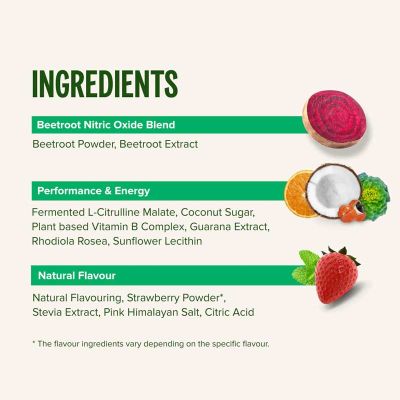Heart & Circulation
Heart and Circulation
The heart and circulatory system is quite simply vital to life and that’s why it’s so important to try to prevent issues that may damage it, from occurring in the first place. We should take a little time here to explore what the heart and circulation is and why it’s so important to protect the cardiovascular system.
The human heart is a muscle around the size of a fist located centrally in the chest and tilted to the left. It pumps about five litres of blood around the body via the circulatory system and beats over 100,000 times a day. It serves to provide oxygen and nutrients to the organs, and removes carbon dioxide and waste products from the body. The heart and circulation is literally ‘life-giving’ and enables organs to function on a daily basis.
The heart pumps oxygenated blood out to the body under great pressure, via arteries to the organs and is returned, deoxygenated to the heart from those organs via veins. Veins require valves to aid the return of blood as this is under low pressure conditions.
It is vital that the heart and circulatory system are kept as healthy as possible. If not treated well then this can lead to a breakdown in efficiency and that means organs cannot function as well as they should do which can lead to a multitude of health problems involving the heart and circulation.
The term cardiovascular disease (CVD) covers a vast range of conditions that affect the heart and circulatory system. These can include hypertension (high blood pressure), heart attack, stroke, vascular dementia, heart failure.
Heart disease is becoming more prevalent in society and the British Heart Foundation (BHF) reports that around 7.6 million people are living with heart and circulation disease in the UK that causes in excess of 160,000 deaths every year. Heart and circulation problems can occur as a result of conditions that affect blood vessels and restrict or block the flow of blood through them. BHF reports heart attack as the primary cause of death in people suffering from Chronic Heart Disease (CHD) and the cause of greatest number of deaths worldwide.
Causes of poor heart and circulation can be genetics or lifestyle; including diet, smoking, diabetes, lack of exercise and alcohol intake. The build-up of fatty deposits within arteries can lead to rupture of vessels or clots and the conditions/symptoms reported above. This can severely impact on quality of life or potentially lead to death. Factors that affect the general circulation can cause conditions like Reynaud’s disease (cold extremities), varicose veins, and build-up of fluid in arms, legs, ankles and feet and also be a sign of heart failure.
Lifestyle changes have been shown to improve circulation and build-ups of plaque in blood vessels, caused by factors that affect heart and circulation. If concerned about any symptoms that may be related to this then it’s important to get them checked out by a doctor.
Prevention is key when related to poor heart and circulation problems. Eating a diet rich in antioxidant foods has been linked to reducing risk of cardiovascular disease and associated heart and circulation problems. Building in increased physical activity to your day is also recommended as is reducing alcohol intake and eliminating smoking.
It might also be beneficial to consider boosting intake of antioxidants like vitamin C and E or Omega 3, with oral supplements. Antioxidants could play a vital role in preventing and reducing inflammation in the body which is now thought to contribute actively to cardiovascular disease and associated heart and circulation issues; this is the subject of ongoing research studies to establish exactly how this occurs.





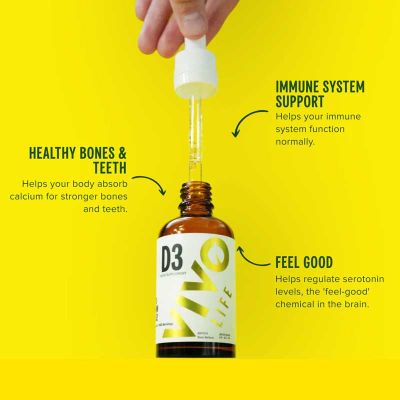
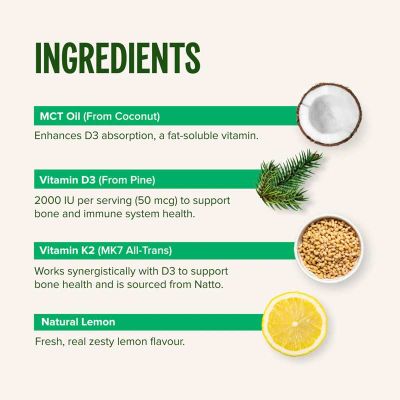
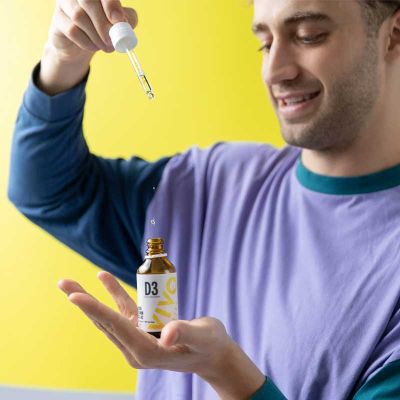



.jpg)
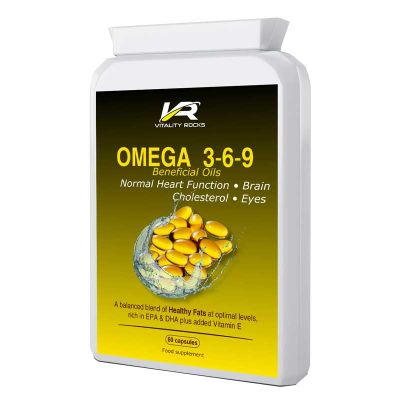
.jpg)

.jpg)

.jpg)

.jpg)


